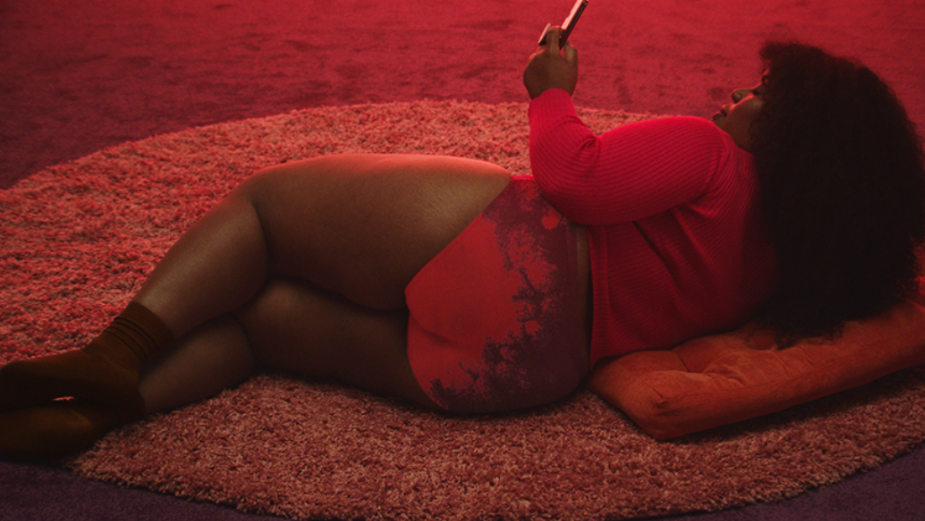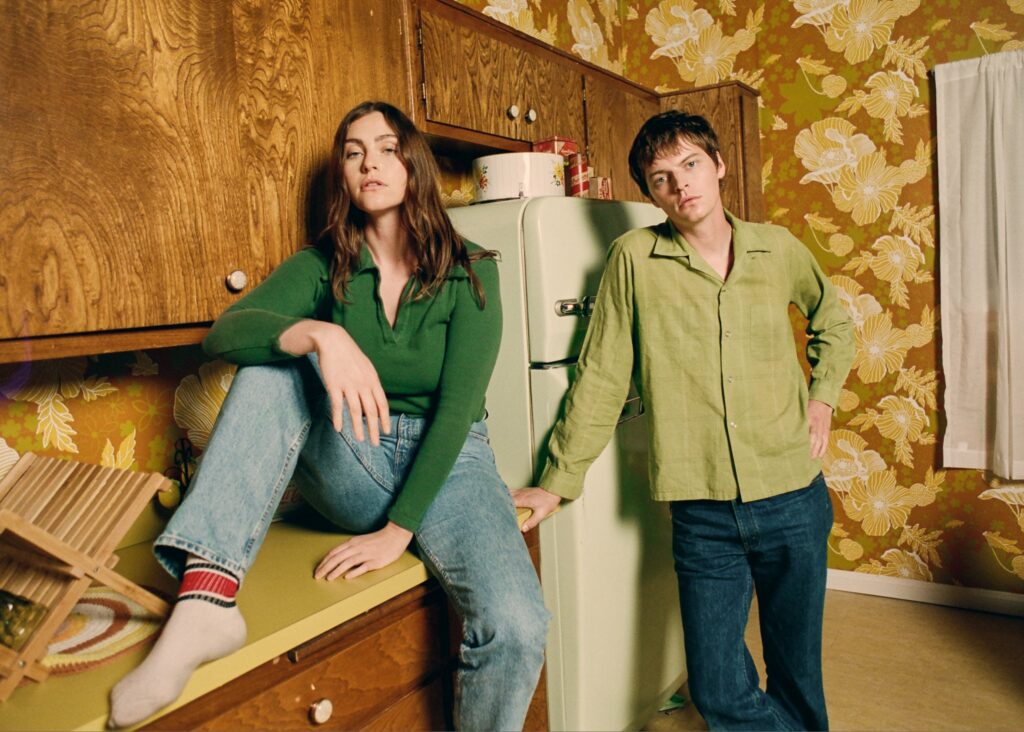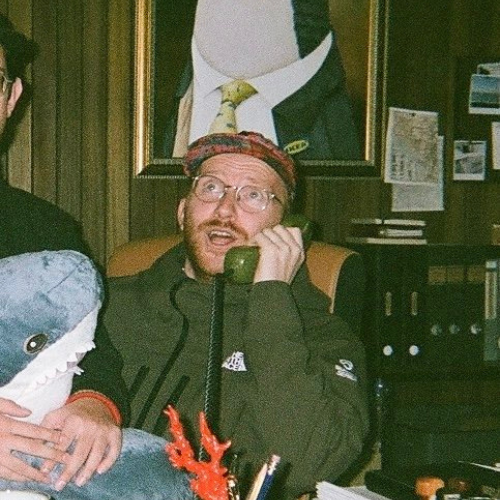Behind the Idea: Tanja Grubner

Essity, a global, leading health and hygiene company, has been at the forefront of the taboo revolution, creating cultural change through its impeccably crafted creative campaigns, which have even changed advertising laws.
We delved into breaking taboos, tearing down stigmas and impacting culture with Tanja Grubner, Essity’s Global Innovation, Brand & Communications Director.
As a brand leader what does creative brand bravery look like for you?
I think it’s really about challenging and truly understanding the role of the brand, how it’s creating value for consumers in society and in culture, and then seeing that through.
It’s about being ready to challenge everything. Around seven years ago at Essity, we really interrogated our global brand positioning for our period card brands, our values, the big idea, the way we do product demos, collaborations, even the way we do research. And as a result we got to some unexpected ideas and we found that our purpose was really about breaking taboos around periods, vaginas and women’s bodies. And those ideas make you – but also the company – nervous, because you’re no longer following a known and proven recipe for success.
But that’s what led to ‘Blood Normal.’ If we would have just done what everyone else had done back in 2017, we would still see today period care advertised with blue liquid, even though women bleed blood and that’s red.
For those that don’t know, ‘Blood Normal’ was the multi-award winning campaign by Essity and AMV BBDO that challenged the stigma around period blood, and showed that periods are normal and beautiful.
Who would have thought that you know, a company like ours could change advertising laws for period care across the globe. Ultimately this was the impact of ‘Blood Normal.’ Now we are this group of 200 marketers across the globe who are totally fired up about breaking taboos, and eradicating shame and discomfort to improve women’s wellbeing.
As a brand leader, how do you take creative risks?
The way we take creative risks as a global team is to take calculated risks. There’s a lot of rigour to everything we do, and research is incredibly critical. Every decision has been made by listening to consumers and every campaign, before it goes into production, or before it goes live, is validated with them.
We’re operating across wildly different markets with contrasting cultures. So keeping them all happy and managing expectations is never simple.
We’ve built our own testing method to really make sure that creativity doesn’t get killed. So what we try to understand is: does the work make women feel understood, and what is our threshold for offensiveness so we don’t push it too far.
How do you bring others along with you on the creative journey?
Bringing everyone along on the journey means enabling a culture of listening, between consumers, countries, colleagues, corporate communications and our C Suite leadership team, but also to our creatives and collaborators.
But decision making will always be guided by consumer opinion. The consumer leads the way because quantitative research helps to take away subjectivity and management by HIPPOs (highest paid person’s opinion). You can make this great work, and then always check with consumers, ideally, in the many different cultures the work will go out to, to understand how they feel and proving the resonance of the idea.
It’s really important, yet very difficult in global teams – to avoid creative development by committee, because it just kills creative work.
What advice would you give to brand marketers and agency creatives who want to deliver impactful work?
It’s all about finding that thing that makes you really angry, the thing you want to change in the world. We should all lead with purpose, or in other words, stay angry. You need to be prepared to take a stand and fight for the work, especially if you have consumer validation to back it up, and don’t accept no for an answer.
You need to be passionate about what you want to change and I think what we saw at Essity is that if you start with purpose it becomes a rallying cry that unites everyone. It also attracts talent, it just makes work more meaningful.
None of our work would have seen the light of day if we would have given up, because prior to launch every campaign was censored. You have to be willing to take risks and that can be scary. But courage is contagious.
Craft is really at the heart of your work at Essity. How important is a beautifully crafted piece of work for you and for the brand?
Craft for me is celebrating creative vision, but also the expertise and talent of the creatives and their skills to bring an idea to life and to execute it beautifully.
I’m not a creative, I’m a brand builder, but I think I have a creative instinct, and I’ve been incredibly fortunate to work with some of the best creatives in the world. And what they’ve brought to the table in terms of craft has really been important to help to bring our brand point of view to life.
How does the craft of the work impact the brand message?
The research in close connection to consumers has helped us to be authentic and make consumers feel understood. So our brand personality and the tone of voice are key through everything we do. Our brand purpose is as a force of progress, so we know we must jump first and break taboos.
What is the magic formula for a great agency partner relationship?
We’re one team. If we’re together in a room, you can’t tell who the agency or client is. I truly believe it’s about giving the freedom to let talent shine. What I mean is, even though we work in different companies, in different roles, and departments, everyone is doing what she or he does best.
I think it all comes down to feedback and positive reinforcement to get the best out of everyone. My role is very much about protecting a powerful creative idea and to provide the right feedback to nurture it, but also to have genuine enthusiasm not only for creativity but the creatives. You can’t say thank you enough, if somebody does something great.


